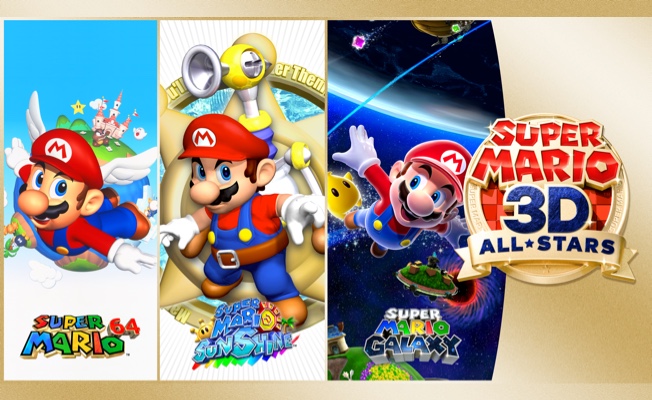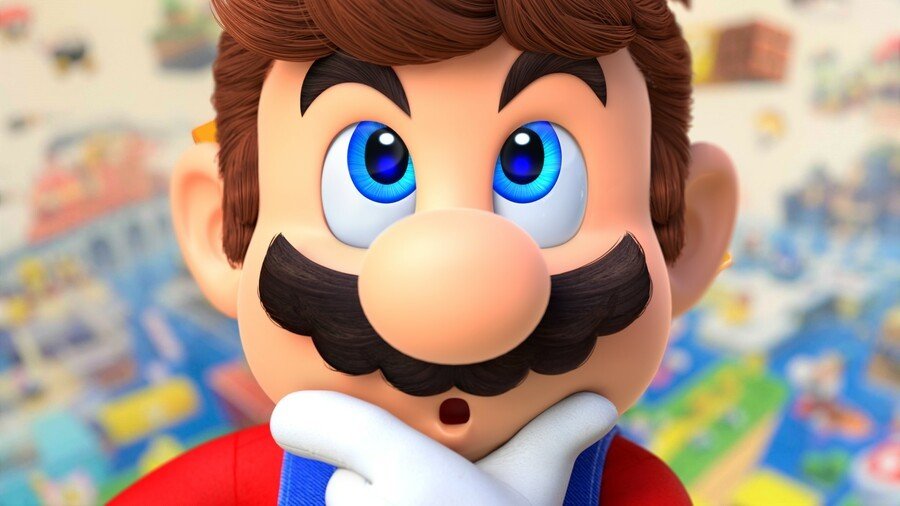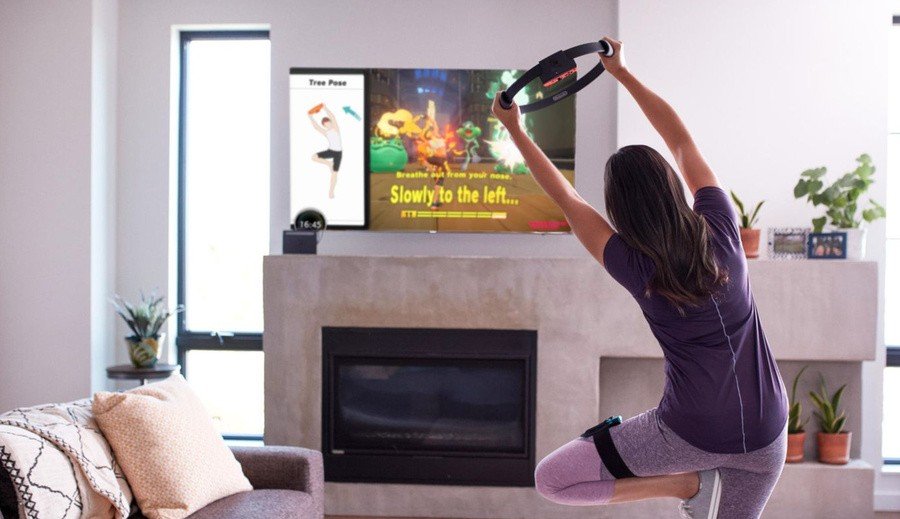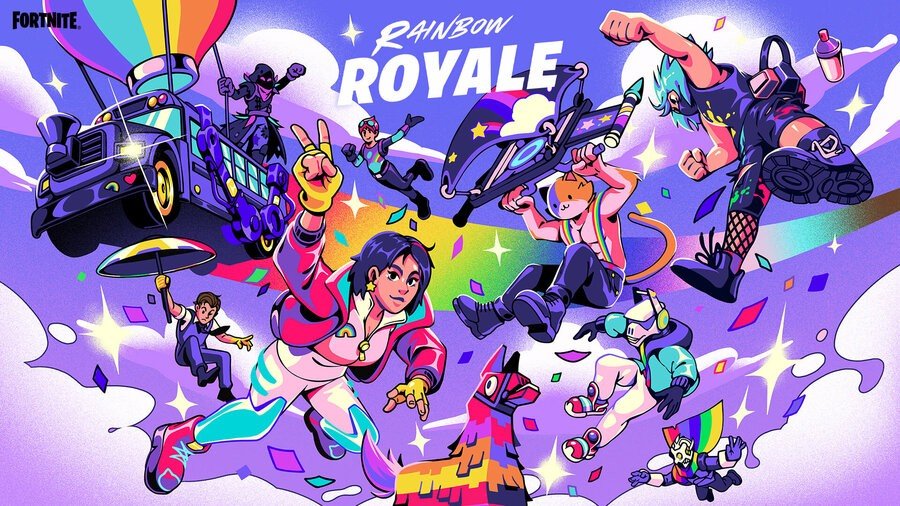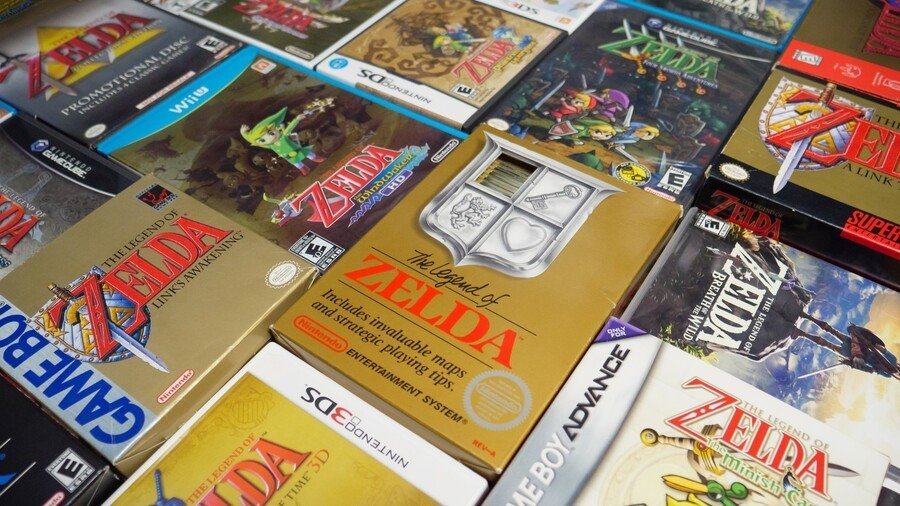
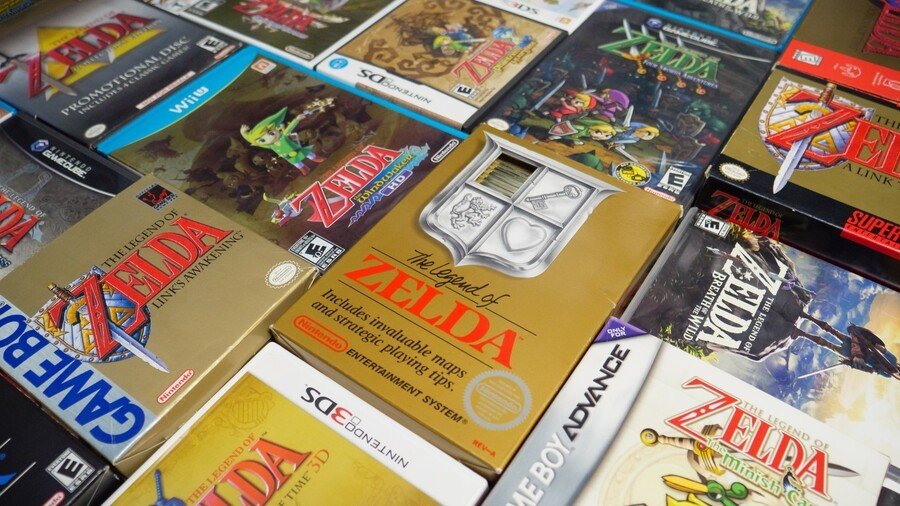
The launch of The Legend of Zelda: Skyward Sword HD is one of several Zelda-themed releases in 2021 to coincide with the franchise's 35th anniversary, and this new version has got us thinking back over the many entries in the series and the memorable moments we've spent with each and every one.
To tie in with the Skyward Sword HD competition we're running in collaboration with the lovely people over at Nintendo UK until 19th July (UK only), below you'll find a collection of the most treasured memories from the Zelda series, as recalled by members of Team Nintendo Life.
Feel free to share your own Zelda memories in the comments below or on social media using the hashtag #ZeldaMemories and mentioning @nintendolife if you fancy a chance to win a rather lovely Skyward Sword HD bundle…
Ocarina of Time (N64, 1998)
As most of us have, I've got great memories of practically every Zelda game I've played, and after dutifully letting other members of the team claim their picks for this feature, I was amazed to see Ocarina of Time still available. Perhaps everyone was too polite or just assumed it had been snapped up already –regardless, it's mine now!
In a game filled with memorable moments (especially for me, as Ocarina was my first Zelda game), I think I'll have to overlook the wonderful introduction in Kokiri Forest and pick the sunrise over Lake Hylia as a standout memory. The way the game's artists captured that dewy morning feeling as the sun gradually burns away the mist hanging over the lake every morning was a real watershed moment for me; a moment when I realised the incredible possibilities that lay ahead for artistry and expression in video games, in addition to all the stupid-fun stuff.
Great game, great series. Shocker!
Gavin Lane, editor
Phantom Hourglass (DS, 2007)
The Zelda games often feel like precious artefacts that have been set in stone, so playing Phantom Hourglass was wonderful — it's incredibly irreverent about its own history. Link's "ITEM GET" animation gets interrupted and misused over and over again, your companion Linebeck's an awful treasure-hungry coward, the mysterious Old Man is an eccentric weirdo, and all the races that you meet in the game (at least, the ones who aren't trying to kill you) are gentle, friendly goofballs.
It draws a lot of its story and setting from The Wind Waker, but my lasting memory of Phantom Hourglass is how warm and silly it is, and how we don't necessarily need every Zelda game to be Mega Serious to be great.
Kate Gray, staff writer
A Link To The Past (SNES, 1991)
The Legend of Zelda: A Link to the Past’s map blew my mind in 1991.
Yes, there’s probably lots of other things I could rant about when it comes to Zelda, but a full thirty years later and the one thing that always comes to mind when I think back on my time with this series — above all the Bokoblin kills, boss battles and Breath of the Wild exploring — is the map in A Link to the Past. Back in 1991 there just had never been anything like it, at least not to my impressionable young mind.
For the first time ever I felt like this crucial part of a game, one which had always came across as separate, cold and utilitarian, felt integral to my experience, a living breathing part of the game that helped me, guided me, changed and morphed as my actions affected the in-game world. It looked well snazzy for the time, too, with all its spinning and twirling. When I think about this series, I think about that iconic map.
PJ O'Reilly, reviewer
A Link Between Worlds (3DS, 2013)
A Link To The Past is one of those games that feels responsible for cementing my love for video games, so when A Link Between Worlds was announced as a ‘loose sequel’ I immediately anticipated its release.
I fondly remember falling in love all over again with this depiction of Hyrule but this time in glorious 3D. It is easily forgotten just how powerful that 3D effect was, but for me the whole game was a stunning example of the 3DS’ unique ability with so many little moments of magic sprinkled across a simply unforgettable adventure for our hero Link.
Ant Dickens, managing director
Link's Awakening (Game Boy, 1993)
Link's Awakening was my first Zelda game. The only Nintendo system I owned at the time was the Game Boy Pocket that is currently on the shelf above me as I type this, and I absolutely took the fact that Nintendo squeezed an entire Zelda game onto this for granted, or at least I did before I finally acquired all the Instruments of the Sirens and followed the game’s direction to the Wind Fish’s Egg.
I’d already worked out long before in my tiny young brain that I needed to use the Ocarina to open up the egg, and did so each time I got a new instrument (often more than once because the music was an absolute jam). I don’t know how many times I’d visited that egg before but finally approaching it with all eight instruments I’d assumed nothing would actually happen — nothing had done before, after all. Even though the game had literally told me what was going to happen, when the music finally finished and the egg broke open my seven-year-old self was absolutely floored. The Wind Fish’s Egg was open at last, and I’m not ashamed to say I was utterly terrified of entering it. I had no idea what was on the other side, would I be able to get back if I went in? Was I even supposed to be able to do this? Had anyone ever managed this before?
Obviously yes, but regardless I don’t think I’ll ever be able to capture that ambivalent cocktail of horror, confusion, joy, relief, and wonder ever again. Call it nostalgia, because it certainly is, but games were definitely more fun when I was a tiny idiot human.
Alex Olney, video producer
Twilight Princess (GameCube / Wii, 2006)
In just about every Legend of Zelda adventure, Link has some sort of companion to help him, Perhaps the most famous is Navi from Ocarina of Time, but for myself, I've always thought of Midna as #1. It's her moments in Twilight Princess that were the highlights of this particular entry in the Zelda series, for me.
Probably the standout moment (spoiler alert!) was at the very end of the game when we see the princess of the Twilight Realm returned to her true form. She says her goodbyes to Link and Zelda and breaks the Mirror of Twilight with a single tear before returning to her own realm forever. It's certainly a sad moment in the history of the series. Obviously, her character development (in creature form) up until this point in the game was also amazing, and yeah… that's why her story in Twilight Princess will always be a standout memory for me.
Liam Doolan, news reporter
The Wind Waker (GameCube, 2002)
Wind Waker was my introduction back into Zelda games since I played Link to the Past to death during my high school years. Due to the distractions of university, I’d not played many video games for years until I picked up a GameCube and shortly after Wind Waker. I was totally blown away by the cel-shaded art style at the time, it really did feel like a living, breathing cartoon. Every island you visit feels like it’s own little world, full of atmosphere, filled with colour and life. The NPCs you meet along the way are a joy to interact with and some of the side quests are genuinely hilarious.
Of course, this is a sea-faring game and while I enjoyed sailing the open seas back in 2003, I was thankful of the Swift Sail feature in the Wii U’s excellent HD remaster. With a compelling story, charming characters, inventive dungeons and excellent combat, Wind Waker really does feel like a timeless classic.
If you haven’t checked it out yet, what are you waiting for? (A Switch port perhaps?)
Darren Calvert, operations director
The Legend of Zelda (NES, 1986)
The original Legend of Zelda on NES released many, many moons before I even knew what a game was, but that didn’t stop me from discovering it. My family grew up on the NES thanks to my Grandpa (who still recalls picking it up in the electronics department at our local Sears) and while he had a plethora of classics like Super Mario Bros. 3, Double Dragon II, and Tetris, he didn’t have Zelda. My first memory of the series was with Link’s Awakening, but that quickly sent me on a quest of my own to hunt down the other games in the series that I had been missing out on.
I was probably about seven or eight years old and was out shopping with my Grandma at a local thrift store called Nice as New. Like most kids, I made a beeline for the toy section and movies, and occasionally they had a few video games but nothing caught my eye this time. Thankfully though, Grandma found a few things which led us to the register, where seemingly out of nowhere, as if a light shined down from the Hyrulean heavens, a boxed copy of Zelda on NES was sitting on display and available for purchase at a flat ten dollars (plus the 5.5% sales tax of course!).
I nearly lost my mind and I imagine Grandma nearly lost hers, too, at the sight of me melting on the floor in the moment. Since it was evident I wasn’t capable of leaving the store without it, she was kind enough to purchase it for me even though she probably knew I wouldn’t shut up about it until we got home so I could play. I’m so thankful to have had a family member who encouraged my hobbies the way she did and still does. Without her and The Legend of Zelda, I have no idea what sort of life I’d be leading now, and I wouldn’t change it for a bit.
Zion Grassl, video producer
The Minish Cap (GBA, 2004)
I think I probably speak for a lot of people when I say that Minish Cap came at a rather odd time for me as a Nintendo fan. It launched around the same time the Nintendo DS was released in North America and Japan, so my attention was firmly fixed on this new console and how it would change the way I played handheld games. Yet here was a AAA Zelda game on the Game Boy Advance, the console I was about to abandon in favour of a shinier, more alluring trinket.
Thankfully, the notion of ignoring Minish Cap just because new hardware was looming on the horizon didn't occur to me, and a pre-order was duly taken out. I can't think of a better swan song for the GBA than this game – it truly delivered on the promise of an exclusive portable Zelda, offering gorgeous 2D visuals (every subsequent mainline Zelda game has used 3D visuals), innovative gameplay and an excellent sense of humour. While there's a desire to see older classics get the remaster treatment these days, Minish Cap is one of those unique examples of a game which doesn't need any updating; it's perfect as it is, and well worth a look if you haven't played it already.
Damien McFerran, editorial director
Breath of the Wild (Switch, 2017)
I have a funny memory from my first playthrough of Breath of the Wild, which was actually for review. I had six days in total and knew I simply had to finish the story, so as the hours slipped by I realised I'd have to push for the main objectives. And so I knew I had to reach Goron City, but I was looking at Death Mountain from the Akkala region and thinking "how do I deal with the heat?". You see, in skipping across from Zora's Domain I hadn't been able to fully explore and hadn't seen 'the spot' where you get all-important heat resistant elixir.
As my brother sat watching (he was eagerly awaiting his own Switch and copy that were just days away) I hatched a route across Death Mountain, without any heat-resistant gear. I flew down to a hot spring, then started a frantic dash for what I assumed was Goron City. Lava and rocks were crashing around me, and as my hearts drained I started to frantically eat my supply of meals and look for more hot springs. The heat kills quickly, so as I staggered to the overlook of Goron City I was out of meals and low on hearts. I glided down, desperately swooping into the first building I saw; amazingly, it was the shop. In a brilliant touch, the Gorons looked shocked and said "How did you get here?!". I bought up all of the armour — which I could just afford — and equipped it in the nick of time.
My mad dash had worked, and the fact it was possible, despite the daftness of the approach, is part of what makes Breath of the Wild so darn special.
Tom Whitehead, deputy editor
Majora's Mask (N64, 2000)
We all remember Majora's Mask for how drastically it shifted away from its predecessor, with its unique setting, the three-day cycle, and a cast of frankly creepy characters. For me, one moment stuck out amongst all others, and not necessarily in a good way: those ruddy Bombers!
Finding those kids at such a young age, without the convenience of the internet to help me, was an absolute nightmare. I still kick myself to this day, because the one Bomber I couldn't find was the one behind the slide in North Clock Town; I must have assumed that because I found the one behind the tree, the others must be in other parts of the town.
In hindsight, maybe that's why it was altered for the 3DS version… Needless to say, I'll never forget where to find those blasted kids again!
Ollie Reynolds, reviewer
Link's Awakening DX (Game Boy Color, 1998)
Technically, Link’s Awakening DX is a separate game, so I can write about it too! Hah! Loopholes!!
Anyway, I think the defining moment of this delightfully bizarre masterpiece (now in glorious colour) remains that beautiful first sighting of a Goomba, fresh out of Super Mario. In a game that’s all about pushing boundaries, this remains its most marvellous surprise.
But then again, is it? After all, the Roc’s Feather lets you jump into the air à la Nintendo’s flagship tradesman – surely it stands to reason that you’d run into a Goomba or two. But no, they are not of this world.
Hmm, bit of thematic resonance there, don’t you think?
Stuart Gipp, reviewer
Skyward Sword (Wii, 2011)
The Wii went its entire life cycle riding on the back of GameCube's swansong. Twilight Princess was a fine game, it just wasn't one for Wii to call its own.
In retrospect, I'm glad it took so long to deliver Skyward Sword. The motion controls may be divisive, but to this day there's nothing quite like them and it truly elevated Zelda's combat to a place it hadn't been since Zelda II. Like most other franchises, Zelda innovates and refines itself but each one has a unique quality to call its own that cements it in history — love them or hate them, the controls of Skyward Sword are its identity. I went the entire adventure enamoured by the precision they offered and the game uses its combat utility to enhance both dungeon and puzzle design.
Nowhere is this more evident than the Ancient Cistern, one of the greatest Zelda dungeons ever made. I'll tread lightly to avoid spoilers for the new remaster, but let's just say Zelda's never afraid to get a little dark. This is all topped off with one of the most satisfying boss takedowns in the entire series and it just wouldn't work without the controls. Ancient Cistern is a pure joy.
Jon Cartwright, video producer
Well, those are our Zelda memories, but what about yours? Let us know your own treasured #ZeldaMemories below, or on the social media platform of your choosing, obvs — don't forget to tag @nintendolife!
